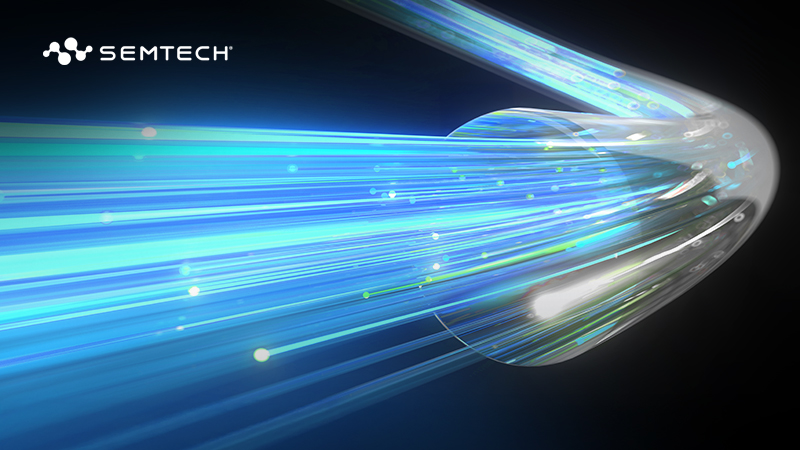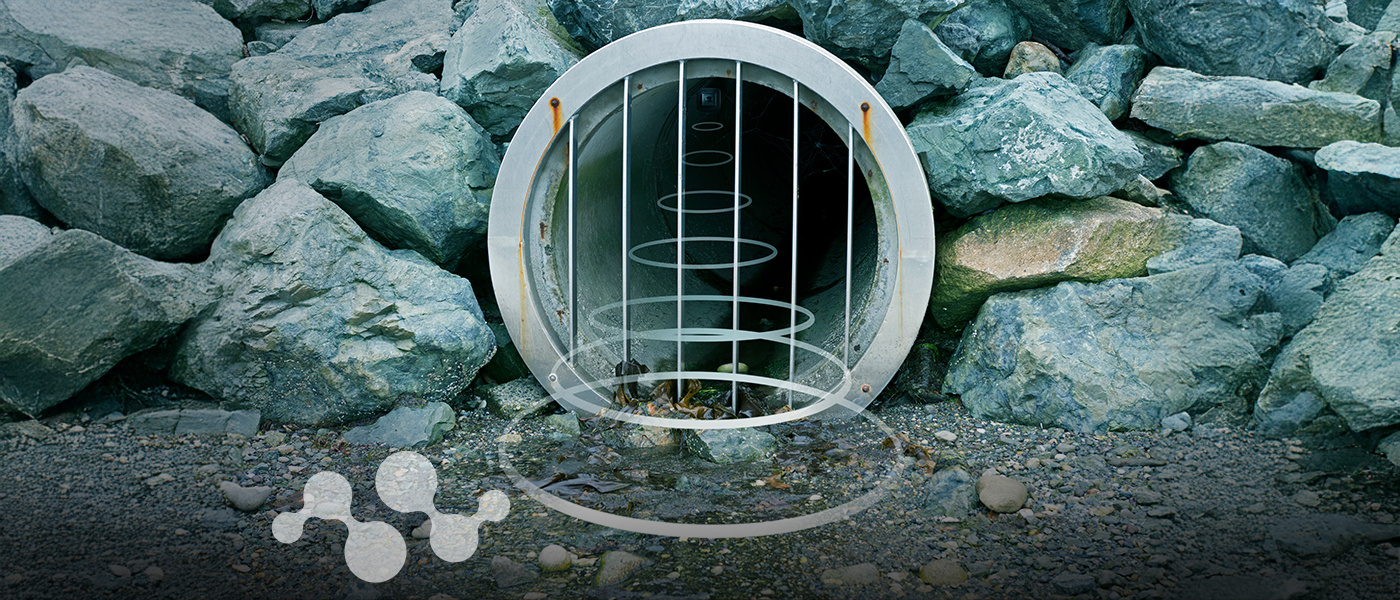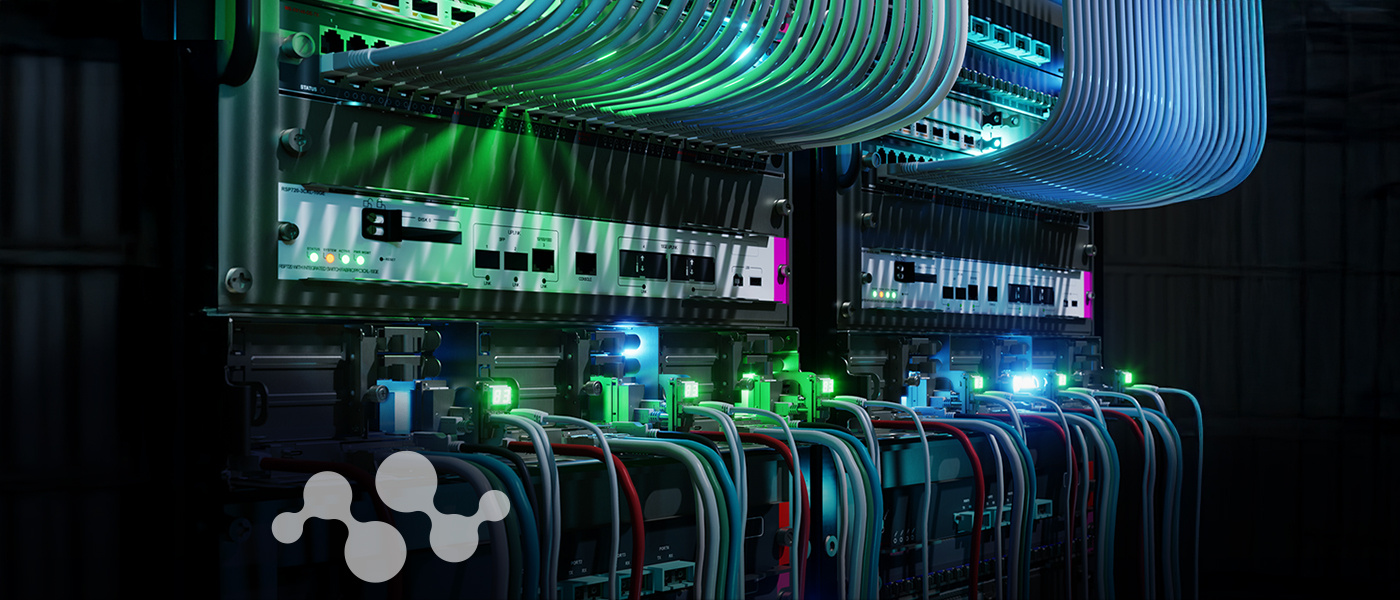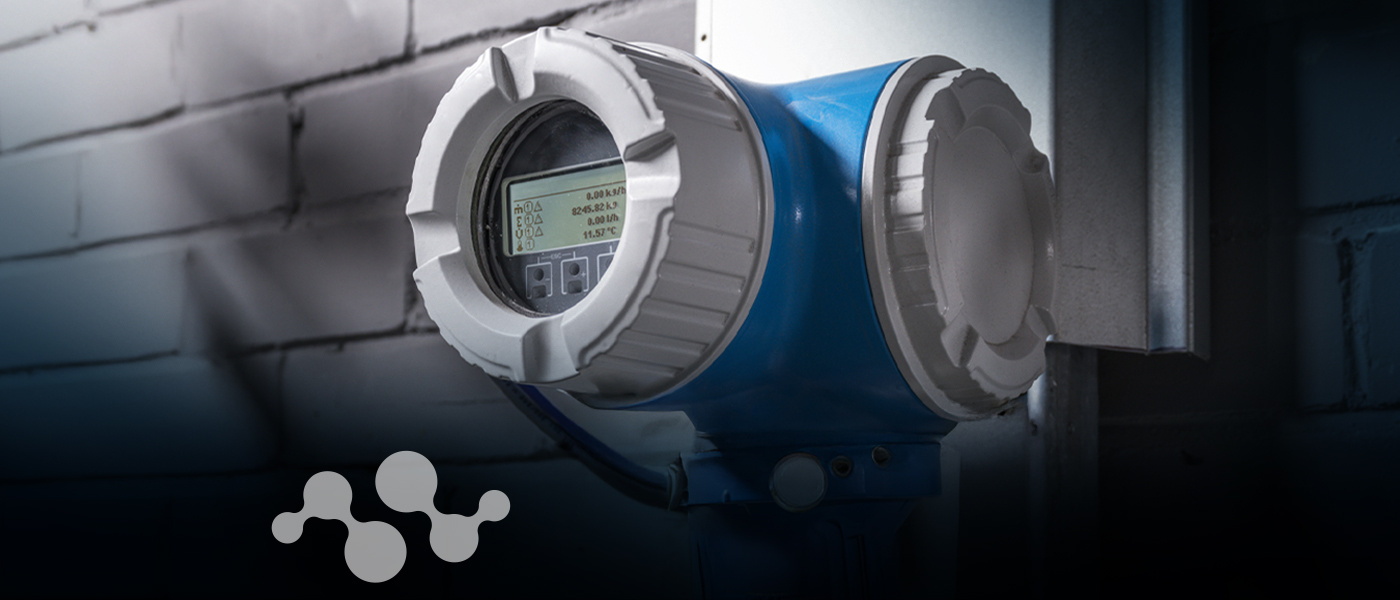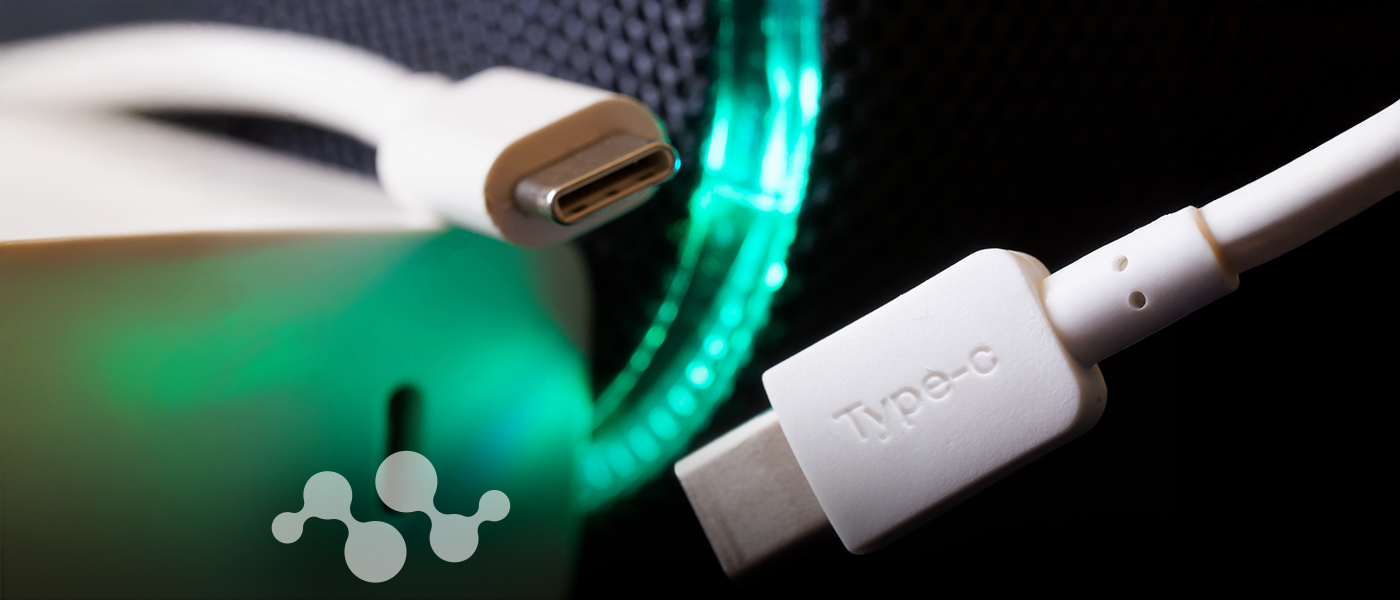Overview
The GS6042 is a high-speed BiCMOS device designed to equalize and restore signals received over 75 Ohms coaxial cable.
The device is designed to support 6G UHD-SDI, SMPTE ST 424, SMPTE ST 292 and SMPTE ST 259, and is optimized for performance at 270Mb/s, 1.485Gb/s, 2.97Gb/s, and 5.94Gb/s.
Order Codes
- GS6042-INE3: Lead-Free, RoHS Compliant, Tray-490 Pieces
- GS6042-INTE3: Lead-Free, RoHS Compliant, Tape and Reel-250 Pieces
- GS6042-INTE3Z: Lead-Free, RoHS Compliant, Tape and Reel-2500 Pieces
PB Free/ROHS
Learn More →Features
- Multi-standard operation from 125Mb/s to 5.94Gb/s
- SMPTE ST 2081, ST 424, ST 292, and ST 259-C compliant
- Automatic cable equalization
- Performance optimized for 270Mb/s, 1.485Gb/s, 2.97Gb/s, and 5.94Gb/s. Typical equalized length of Belden 1694A cable up to:
- 80m at 5.94Gb/s
- 210m at 2.97Gb/s
- 300m at 1.485Gb/s
- 550m at 270Mb/s
- Supports DVB-ASI at 270Mb/s
- Supports MADI at 125Mb/s
- Manual bypass (useful for low data rates with slow rise/fall times)
- Programmable carrier detect with squelch threshold adjustment
- Automatic power-down on loss of signal
- Standby power <35mW (typical)
- Differential output supports DC-coupling from +1.2V to +3.3V CML logic
- Option to compensate for 6dB flat attenuation prior to input of device
- Selectable output de-emphasis: 2dB, 4dB and 6dB
- Standard EIA/JEDEC logic control and status signal levels
- Single +3.3V power supply operation
- 180mW power consumption (typical)
- Wide operating temperature range of -40ºC to +85ºC
- Small footprint QFN package (4mm x 4mm)
- Footprint compatible with the GS2974A, GS2974B, GS2984, GS2994, and GS3440
- Pb-free and RoHS compliant
| Documents | Release Date | Type | |
|---|---|---|---|
| GS6042 Datasheet | 2018-11-14 | ||
| Recommended Semtech Video Product Evaluation and Reference Design Boards | 2023-04-03 | ||
| Recommended Semtech Video Product Evaluation and Reference Design Boards | 2024-09-21 | ||
| Recommended Semtech Video Product Evaluation and Reference Design Boards | 2025-02-25 | ||
| GS6042 Reliability Qualification Report | 2019-07-03 | ||
| EB-6GSRD Evaluation Board User Guide | 2019-07-17 | ||
| GS6042 IBIS-AMI Model User Guide | 2019-07-03 | ||
| Documents | Release Date | Type | |
|---|---|---|---|
| EBK-6GSRD Evaluation Board Kit Software | 2020-08-27 | EXE | |
Applications
- SMPTE ST 2081, SMPTE ST 424, SMPTE ST 292, SMPTE ST 259 and AES10 coaxial cable serial digital interfaces
Inventory
| Product | Country | Distributor | Qty | Buy |
|---|
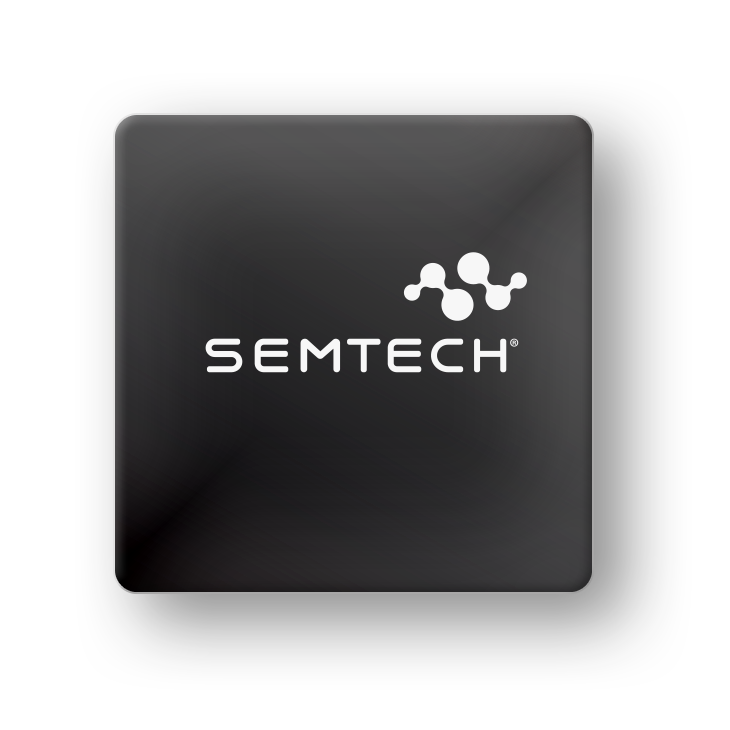

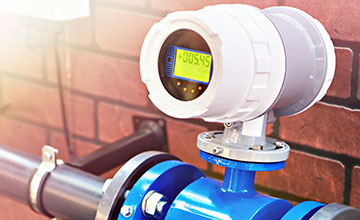

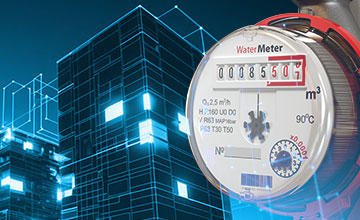







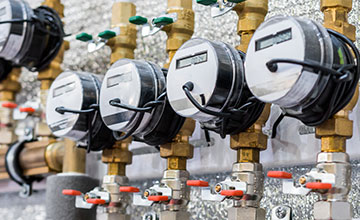


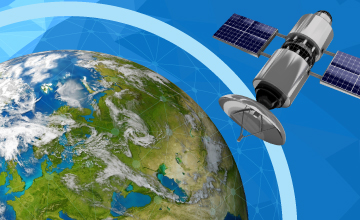

.png)









